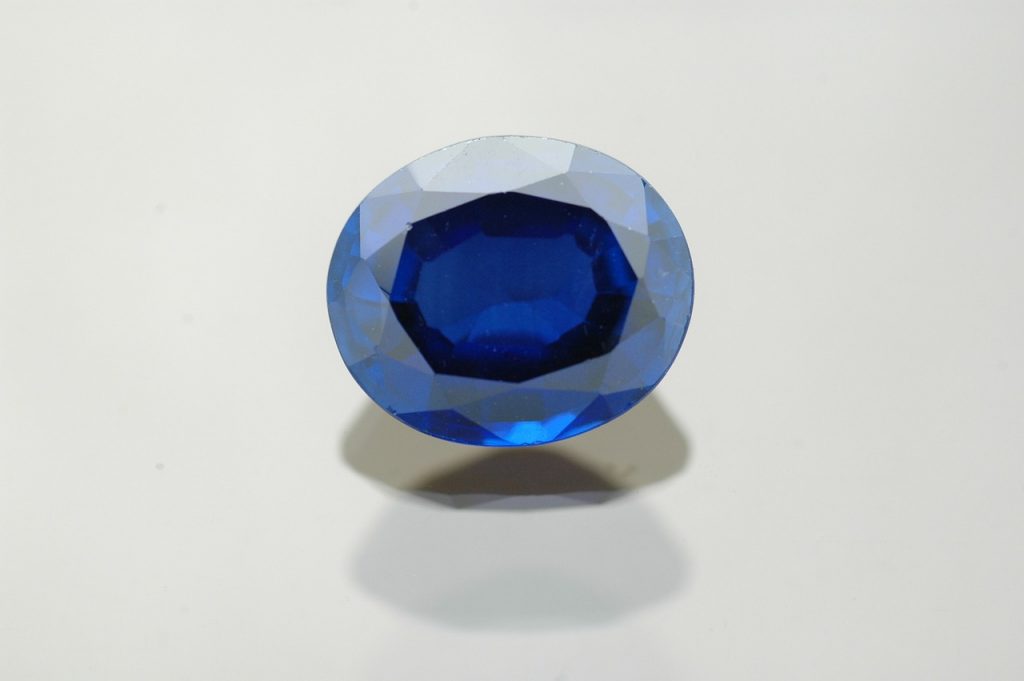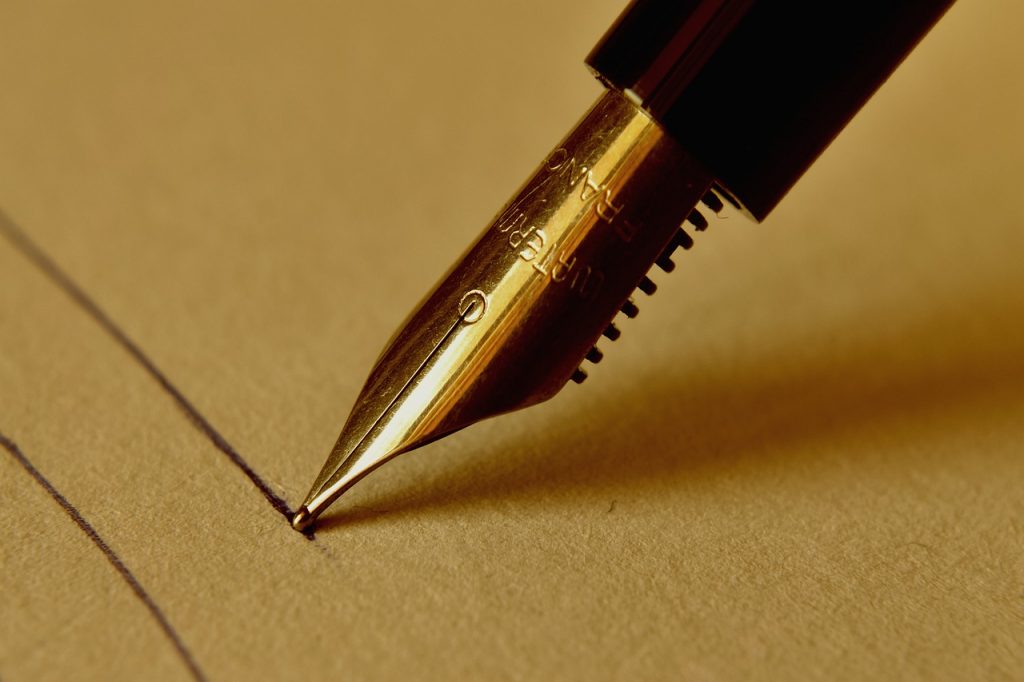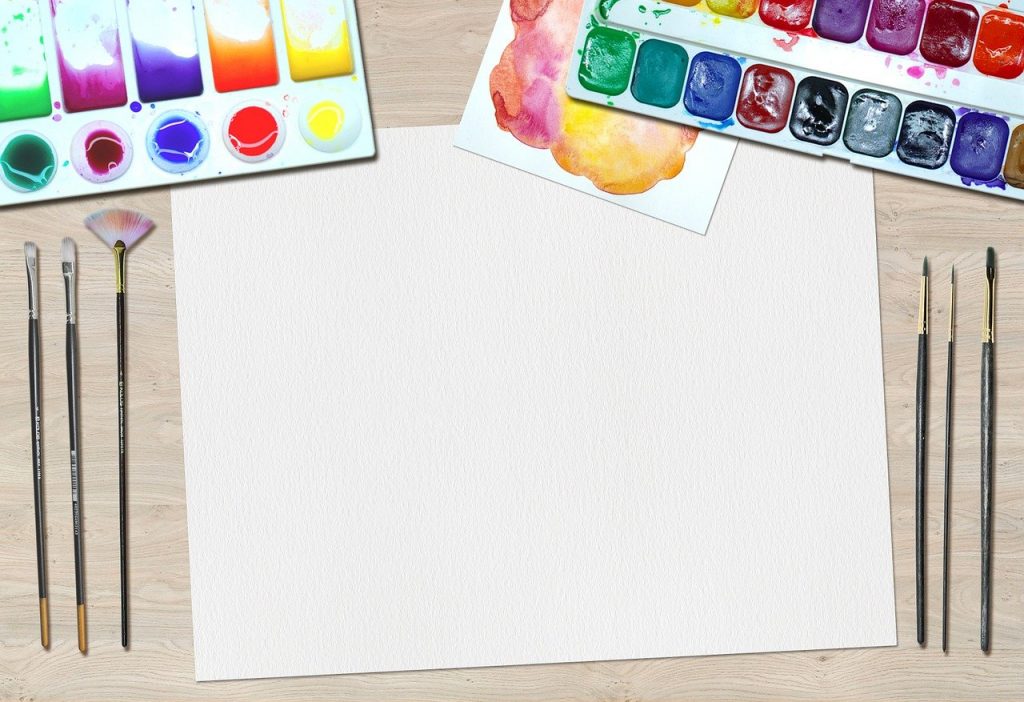Kashmir sapphires are highly renowned and the most sought-after type of sapphire globally. They are considered as near-perfect and are of a superfine quality. They have a beautiful blue colour and are symbolic of royalty and nobility. Kashmir sapphires have a velvet-like appearance, which is a primary reason why they are immensely popular. The Kashmir blue sapphire mines are located in the Padar (Paddar) region, on the southern slope of the Zaskar range, near Sumjam, in Jammu & Kashmir.
History of the Kashmir Sapphire
A landslide in 1880 is said to have unveiled a new type of rock, which wasn’t known till then. The rocks had blue stones, which were later found to be sapphires. When the Kashmiris found that these stones were sapphires, the ruler (Maharaja of Kashmir) of the region quickly had some guards sent on the site to protect the mine as well as some miners who would dig out more stones from the mine. By 1887, all the sapphires from this Kashmir mine were extracted and the Maharaja, with the assistance of some British geologists, found a new mine. This again, was fast depleted, after which there are no records of any new mine found.
Thus, between 1882 and 1887, all the sapphires were extracted; however, in 1887, a geologist discovered that sapphires the size of eggplants were present at the Old Mine (pits in the valley) and the valley floor below the Old Mine. Do you know why the Kashmir sapphires are so expensive? Let’s find out.
Kashmir Sapphires are Rare
The journey to reach these mines is very difficult, given that rivers Chinab and Wardwan have to be crossed using a rope bridge that is hung at a height of 11,550 feet. It took 5 days to cross this distance of just 24 miles. This resulted in the extraction of a very few sapphires. The Kashmir sapphire (or Kashmir Neelam) is the rarest type of sapphire in the world. This rarity is one reason for these blue gems to be highly priced.
Quality of Kashmir Sapphires
Kashmir sapphires are the best quality specimen. They stand out due to their distinct cornflower blue tint, which is why specialists call them blue velvet. These stones disperse light from all aspects, due to their wide silk-like inclusions spread all over their surface. Even a little light brightens up the entire gem. Kashmir sapphires can be easily distinguished from other sapphires, due to their true blue colour and velvety appearance. Burmese and Ceylonese sapphires can compete with them in terms of quality; however, the Kashmir blue sapphires emerge as winners. Their superfine quality is another reason for their high price.
Kashmir sapphire prices in India start from Rs 1 to 1.5 lakh per carat. At auctions, these gemstones are sold at prices as high as US$ 150,000 per carat. In 2014, a Kashmir sapphire weighing 28.18 carats was sold for US$ 5,093,000 at Sotheby’s New York, which was a record then. Later that year, a new record was set when a rare 27.54 carat step-cut Kashmir sapphire was sold at another Sotheby’s auction in Geneva for US$ 5,984,474.
Thus, we can conclude that Kashmir sapphires are so expensive primarily because of two important factors; their quality and their rarity. Their brilliant blue colour and shine exude elegance. They are popular among collectors and investors alike, and they are a part of some exquisite pieces of jewellery. The Kashmiri Neelam is the finest variety of blue sapphires and is highly valued across the globe.



